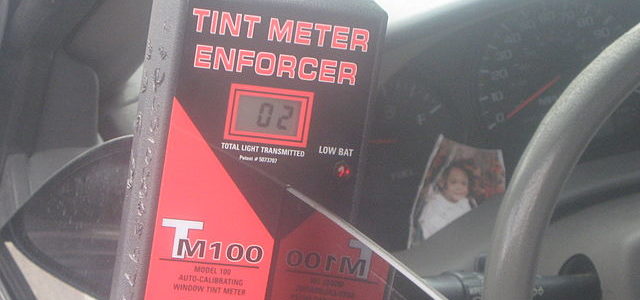If you’ve been thinking about tinting your windows, you’re probably unsure of which one to go with, and don’t want to spend too much money on a product that you won’t like and are stuck with for a long time. When shopping around for tint, you’ve probably come across a bit of jargon, and heavy marketing on why one brand is better than the rest, so let’s break some of this down before we go into the best tint for your vehicle. I hit up my friend who owns a limo service in San Antonio and also a custom window tint business to give me some additional insights.
Window tint for vehicles is based on a percentage of light that passes through your window, this percentage is called VLT, or visible light transmission. Your car has basic factory tint, which is more than 70% VLT, and aftermarket tint can go as low as 5% VLT. You’ll need to check with your local laws to make sure your window tint falls within the law, but most of the time you can go as low as around 30%, but again your laws may differ, or you may own business vehicles that are allowed to have lower percentages.
Now that we have that out of the way, let’s talk about the different types of window tint. Window tinting has gone through a lot of new technologies, and the price depends on which one you choose, so keep that in mind when shopping for window tint. Dyed film is your cheapest option but also the most popular because it gives cars a cool blackened window effect. It’s basically a dyed laminate that’s attached to the window, and although it reduces glare, it doesn’t help much with keeping out heat, so if you live in a climate that’s hot year-round, you may want to look at other options. Carbon film also has a blackened window effect, not as much as the dyed film, but it does last longer. Metallized film is a different way to add some style to your ride, since it has a slightly metallic look to it, and appears shiny from the outside. Some drivers love the look, while others have noticed it negatively affects their cars antenna or cell phone reception. Crystalline film can have a VRT of as little as 3%, which makes it perfect for limousine window tint or other vehicles with VIP passengers. A newer type of window tint, ceramic tint, is more costly than the other tints, but it lasts much longer. All of these window tints will reduce glare, keep your interior from fading or dashboard from cracking, and they can offer UV protection as well for those who take their skin care seriously.
Window tint can give your car a great customized look, but you don’t want to end up with a bad window tint job, or something that depreciates the value of your car. It’s always a much better idea to have your car windows tinted by a professional, and you can ask for details on warranties available for the product. While you can install it on your own using supplies from an auto care store, the amount of time and frustration involved won’t be worth it, so look for a reputable store with good reviews and see how they can work with your budget.
